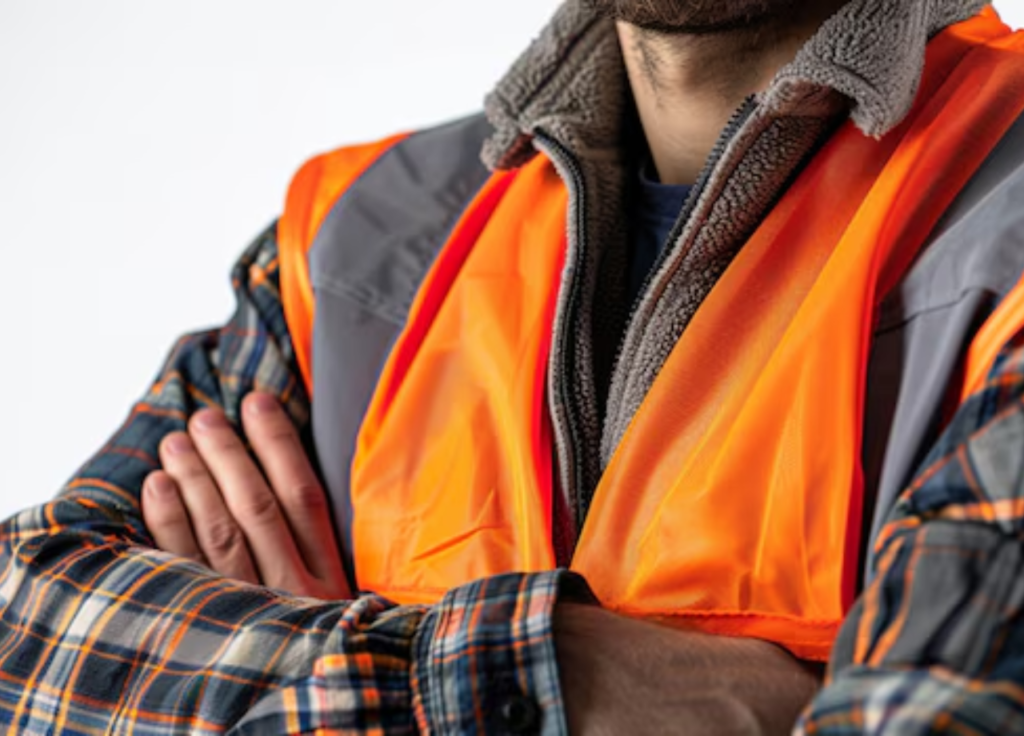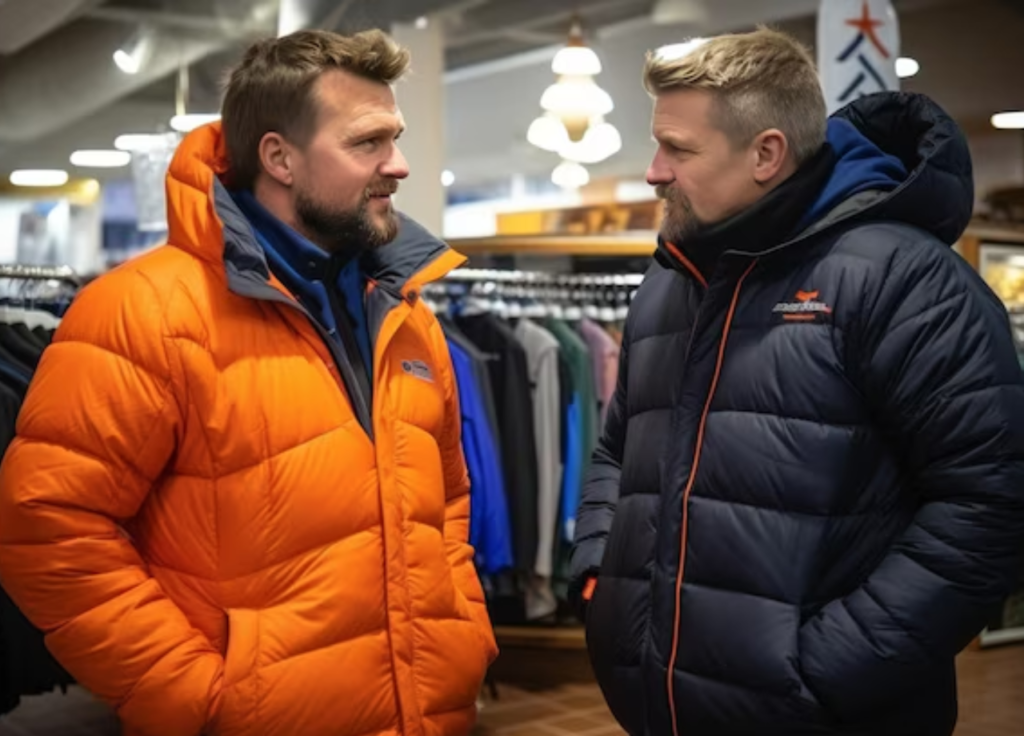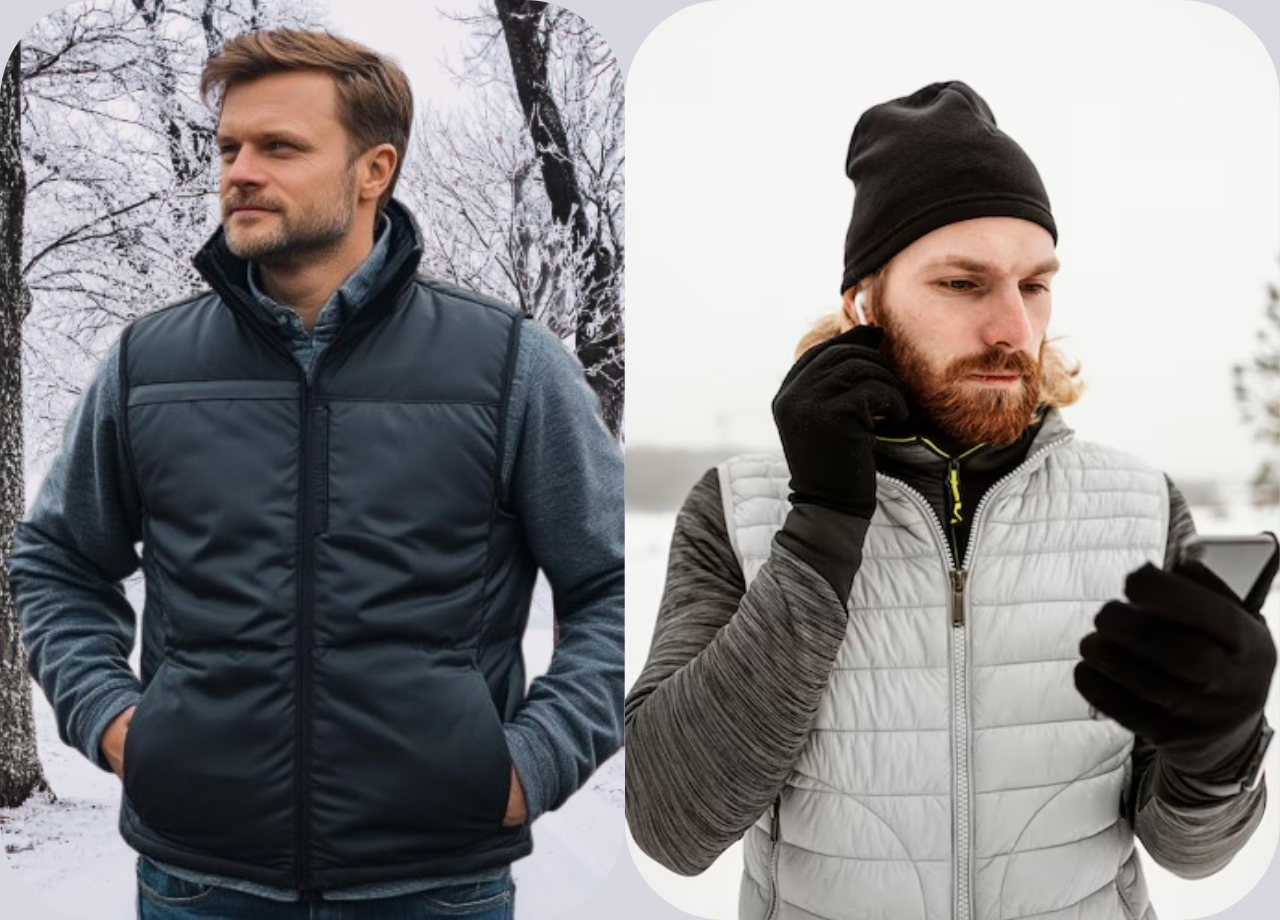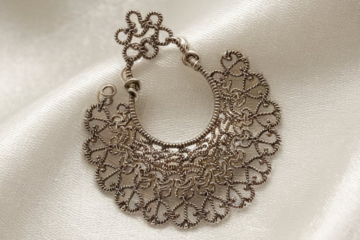Introduction
As the chill of winter sets in, staying warm becomes a priority for everyone. Whether you’re an outdoor enthusiast, a winter sports lover, or someone who just feels the cold more intensely, finding effective ways to keep warm is essential. One of the most innovative and practical solutions on the market today is the heated vest. In this comprehensive guide, we’ll explore everything you need to know about heated vests, why they’re the perfect solution for cold weather, and how they can become a staple in your winter wardrobe.
Table of Contents
What is a heated vest?

A heated vest is a specialized piece of clothing designed to keep you warm in cold conditions. Unlike traditional vests that rely solely on insulation, a heated vest is equipped with built-in heating elements powered by batteries. These elements generate heat that is distributed evenly across the vest, providing warmth directly to your core. Heated vests come in various designs, materials, and sizes, catering to different preferences and needs.
How Does a Heated Vest Work?
The working mechanism of a heated vest is simple yet effective. The vest contains thin, flexible heating elements, usually made of carbon fiber or other conductive materials, sewn into strategic locations such as the back, chest, and sometimes the collar. These elements are connected to a rechargeable battery, which powers the heating system. Most heated vests allow you to adjust the temperature settings, so you can control the level of warmth depending on your comfort and the weather conditions.
Benefits of Using a Heated Vest

1. Provides targeted warmth
One of the most significant advantages of a heated vest is that it provides targeted warmth to your core, which is crucial for maintaining overall body temperature. The heat is concentrated on vital areas like your back and chest, ensuring that you stay warm even in freezing conditions.
2. Lightweight and Comfortable
Heated vests are designed to be lightweight and comfortable, making them easy to wear under your regular clothing or as an outer layer. Unlike bulky winter jackets, a heated vest offers the same level of warmth without the extra weight, allowing you to move freely.
3. Energy-Efficient Heating
Since the heat is generated electrically, heated vests are energy-efficient. They warm up quickly, and many models come with different heat settings, so you can conserve battery life by choosing a lower setting when you don’t need maximum warmth.
4. Versatility
Heated vests are versatile and can be worn for various activities, from outdoor sports like skiing and snowboarding to everyday use during the winter months. They are also popular among people who work in cold environments, providing them with the necessary warmth to perform their tasks comfortably.
5. Relieves muscle stiffness
The warmth provided by a heated vest can also help alleviate muscle stiffness and discomfort, particularly in the back and shoulders. This makes it an excellent choice for people with chronic pain conditions or those who spend long hours outdoors in the cold.
How to Choose the Right Heated Vest

1. Material and Insulation
When selecting a heated vest, pay attention to the material and insulation. High-quality materials like polyester or softshell fabric are durable and offer good insulation even when the heating elements are turned off. Look for a vest with a water-resistant or waterproof outer layer to protect you from moisture.
2. Heating Elements and Coverage
Different heated vests come with varying numbers of heating elements and coverage areas. Some vests have heating elements only on the back and chest, while others include additional elements in the collar and pockets. Choose a vest with the heating coverage that best suits your needs.
3. Battery Life and Charging Options
Battery life is a crucial factor to consider, especially if you plan to use the vest for extended periods. Most heated vests come with rechargeable batteries that can last anywhere from 2 to 10 hours, depending on the heat setting. Some vests offer USB charging, making it convenient to recharge the battery on the go.
4. Temperature Control
Look for a heated vest with adjustable temperature settings. This feature allows you to control the heat output based on your comfort level and the weather conditions. Some vests have built-in controllers, while others can be adjusted via a mobile app.
5. Fit and Size
A well-fitting heated vest is essential for comfort and effectiveness. Ensure the vest is snug but not too tight, as a proper fit allows the heating elements to work efficiently. Most manufacturers provide size charts to help you choose the right size.
Top Uses for Heated Vests
1. Outdoor Sports and Activities
Heated vests are perfect for outdoor enthusiasts who enjoy winter sports like skiing, snowboarding, hiking, or ice fishing. They provide warmth without restricting movement, allowing you to enjoy your activities comfortably.
2. Work in Cold Environments
For those who work in cold conditions, such as construction workers, delivery personnel, or outdoor maintenance staff, a heated vest is a practical solution to stay warm and focused on the job.
3. Everyday Winter Wear
Even if you’re just running errands or taking a walk in the park, a heated vest can keep you warm during your daily winter activities. It’s a versatile addition to any winter wardrobe.
4. Camping and Hunting
Camping and hunting in cold weather can be challenging without the right gear. A heated vest provides the necessary warmth to stay comfortable during long hours outdoors, whether you’re sitting still or on the move.
5. Medical and Therapeutic Use
Heated vests can also be beneficial for individuals with medical conditions such as arthritis or Raynaud’s disease. The warmth can help improve circulation and relieve pain, making it a useful therapeutic tool.
How to Care for Your Heated Vest
1. Cleaning and Maintenance
Proper care is essential to ensuring the longevity of your heated vest. Most heated vests are machine washable, but it’s crucial to follow the manufacturer’s instructions. Always remove the battery before washing, and use a gentle cycle with cold water. Avoid using bleach or fabric softeners, and hang the vest to dry.
2. Battery Care
To maintain the battery’s performance, charge it fully before storing the vest for an extended period. Store the battery in a cool, dry place, and avoid exposing it to extreme temperatures. Regularly check the battery for any signs of wear or damage.
3. Storage Tips
When not in use, store your heated vest in a dry, well-ventilated area. Avoid folding or compressing the vest too tightly, as this can damage the heating elements. If you’re storing the vest for the offseason, consider placing it in a breathable garment bag.
Common Misconceptions About Heated Vests
1. Heated Vests Are Bulky
One common misconception is that heated vests are bulky and uncomfortable. However, modern heated vests are designed to be lightweight and slim, making them easy to wear under or over your regular clothing.
2. Heated Vests Are Expensive
While some high-end heated vests can be pricey, there are many affordable options available that offer excellent performance. The cost of a heated vest is often outweighed by its benefits, especially if you spend a lot of time in cold environments.
3. Heated Vests Are Only for Extreme Cold
Heated vests are not just for extreme cold; they can be used in various temperatures. With adjustable heat settings, you can customize the warmth to suit different weather conditions, making them versatile for all types of cold weather.
FAQs About Heated Vests
1. How long does the battery last on a heated vest?
- The battery life of a heated vest typically ranges from 2 to 10 hours, depending on the heat setting and the capacity of the battery. Some vests offer longer battery life, especially at lower heat settings.
2. Are heated vests safe to use?
- Yes, heated vests are safe to use. They are designed with safety features such as temperature control and automatic shutoff to prevent overheating. It’s important to follow the manufacturer’s guidelines for safe use.
3. Can I wear a heated vest under my jacket?
- Absolutely! Heated vests are designed to be worn under jackets or over other layers of clothing. They are slim and lightweight, making them comfortable to wear as part of your winter layering system.
4. Can I wash my heated vest?
- Most heated vests are machine washable, but you should always follow the care instructions provided by the manufacturer. Remove the battery before washing, and use a gentle cycle with cold water.
5. What should I do if my heated vest stops working?
- If your heated vest stops working, check the battery connection and ensure it’s fully charged. If the vest still doesn’t work, consult the manufacturer’s troubleshooting guide or contact customer support for assistance.
Conclusion
A heated vest is a game-changer for anyone looking to stay warm during the cold months. Whether you’re an outdoor adventurer, someone who works in cold environments, or simply someone who struggles to stay warm, a heated vest offers a practical and comfortable solution. With various options available, from high-tech models with app-controlled settings to budget-friendly choices, there’s a heated vest out there to suit everyone’s needs. By choosing the right heated vest, caring for it properly, and understanding its benefits, you can enjoy warmth and comfort all winter long.
By investing in a heated vest, you’re not just buying a piece of clothing; you’re investing in your comfort and well-being. So, as winter approaches, consider adding a heated vest to your wardrobe—it might just become your new favorite winter essential.
You Can See Latest Updates On: Leg Warmers



